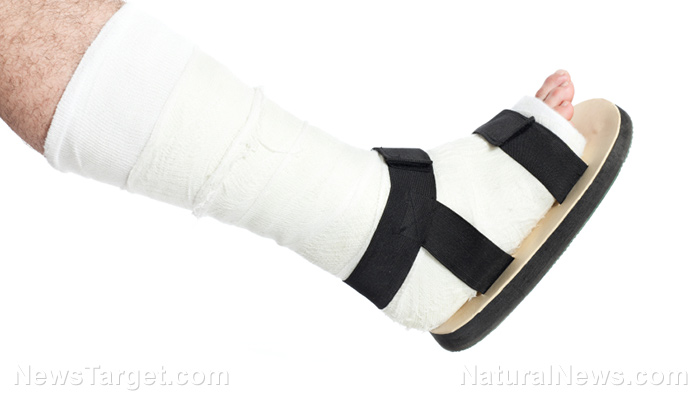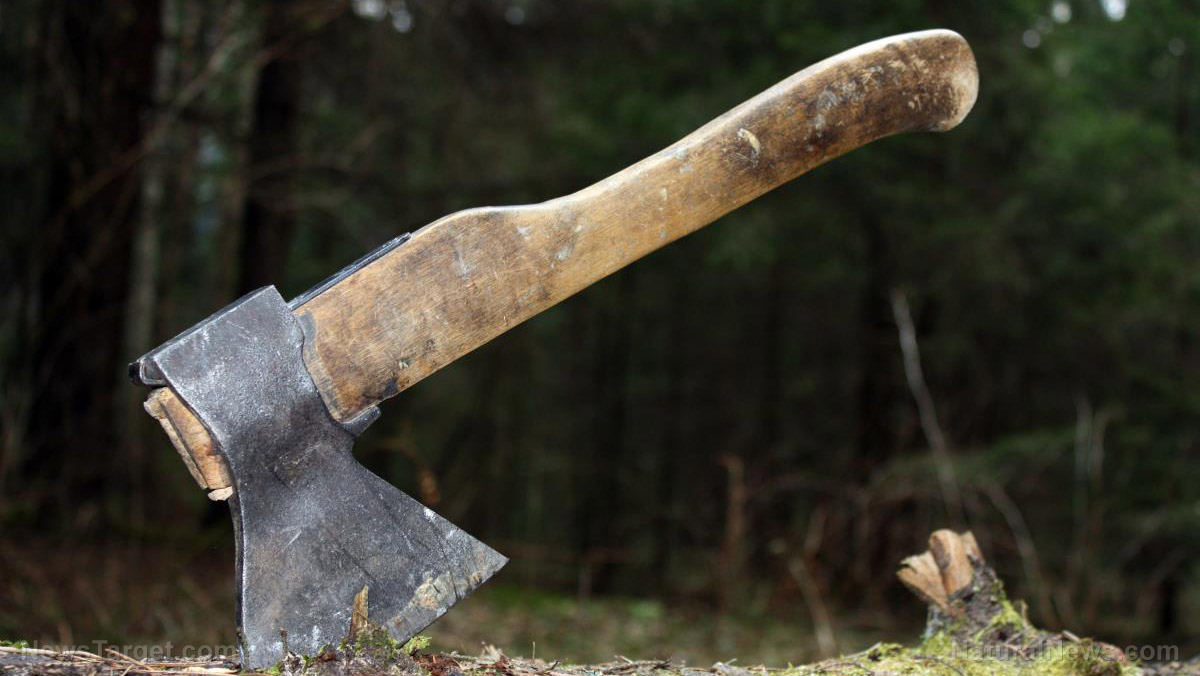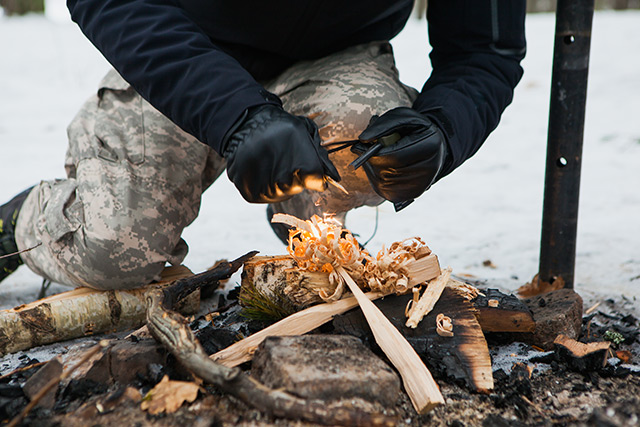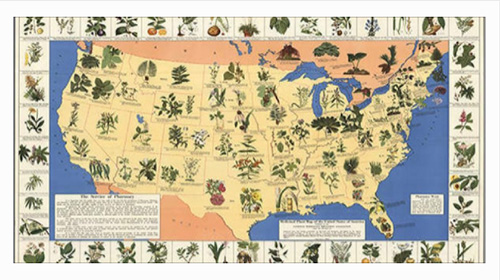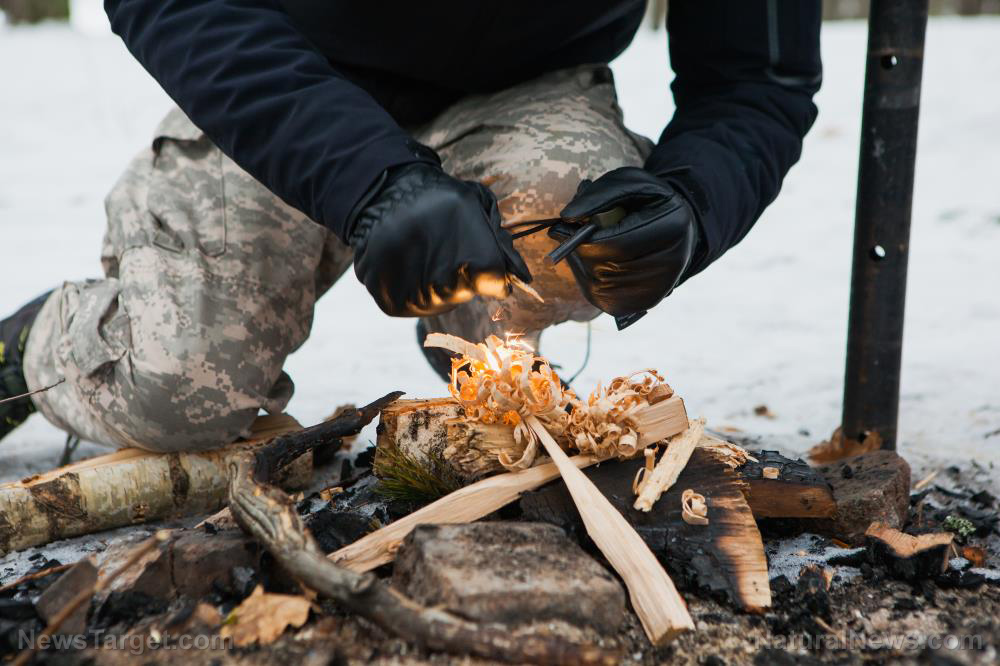Old school navigating: Knowing how to use a compass could be a lifesaving skill when you’re off-grid; here’s how
08/01/2018 / By Frances Bloomfield
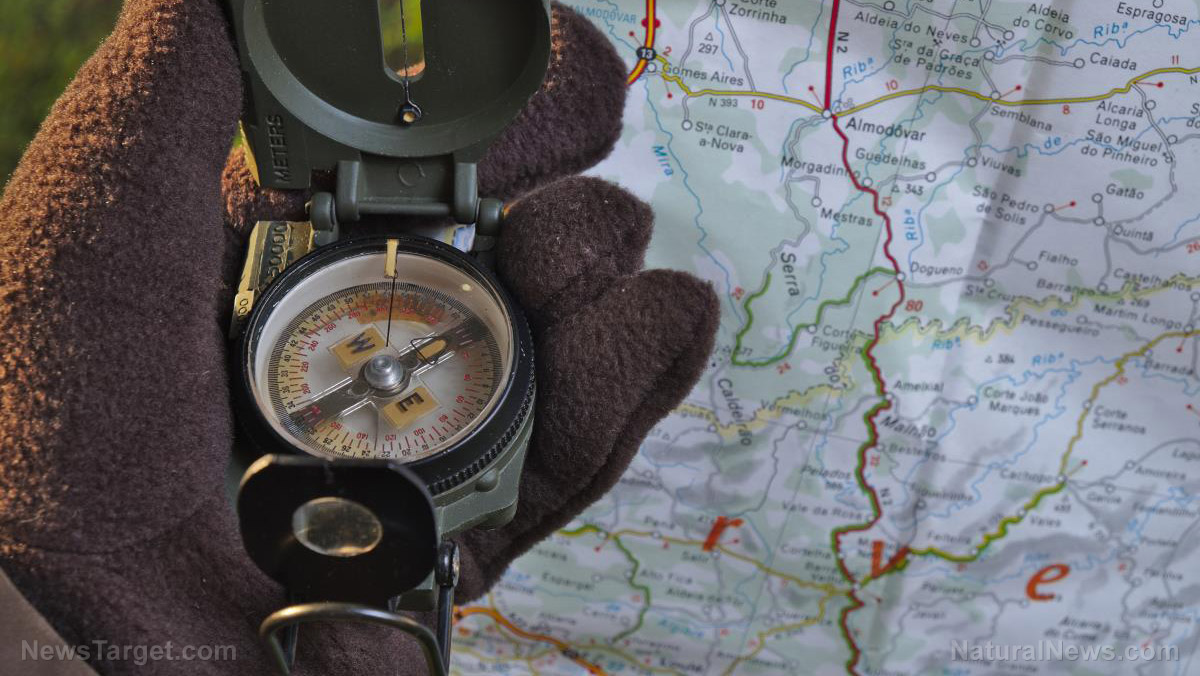
The compass is one of the most basic yet most essential survival tools there is. Knowing how to use a compass will ensure that you rarely get lost, if at all. If you’re one of those folks who treat a compass like an extension of your being, then more power to you, friend. But if you just so happen to be in the camp that can’t make heads or tails of a compass, don’t worry. Using a compass is easy, and we’re going to show you how. (h/t to BioPrepper.com)
What to look for in a compass
First and foremost, you’re going to need a compass. There is no shortage of compasses on the market so you’ve got a lot to choose from. Not all compasses are made the same, however. Quite a few are more suitable for survival than others. (Related: Basic mistakes of wilderness survival and how to avoid them.)
You’ll know that a particular compass is what you need if it has:
- A global needle: A compass built for the northern hemisphere won’t work in the southern hemisphere, and vice versa. Global needles fix these differences. And having a compass with a global needle is highly advantageous even if you have no intention of traveling to the other side of the equator. This is because global compasses can handle tilts of up to 20 degrees.
- Glow-in-the-dark markings: For if and when you move around at night or in low-light environments.
- Water resistance: Being outdoors means that you’re at risk of getting wet at any time. Sudden rain showers, flash floods, and even accidentally dropping your compass into a stream can mean the end of your navigational tool. Save yourself the grief and invest in a water-resistant compass.
- Less weight: Compasses that have way less bulk are easier to carry around in your pocket or on a lanyard. This is an important feature to consider if you’re always on the move since every little weight counts.
- Declination adjustment: Compasses point to magnetic north, which is a different beast from true north. The difference in angle between true north and magnetic north can be as much as 20 degrees. Declination adjustment will help you take this into account so you can produce more accurate readings.
How to read a compass
Once you have your compass, it’s time to learn how to properly use it.
- Check your surroundings first. Being near metal objects, high-tension power lines or mines can mess up your readings, so be sure that you’re a good 50 or so yards away from these.
- Open your compass a full 180 degrees and hold it between your hands. Place your compass at chest level with your elbows at your sides.
- Let the needle come to a rest before taking a reading. Once the needle is still, slowly rotate your body until the colored end of the needle lines up with north or “N.” Now, you’ll be able to figure out where the rest of the cardinal directions are.
- One thing to keep in mind is the possibility of magnetic interference, which can occur even if you’re as far away as possible from anything metallic. That’s why you should look at the sun while reading your compass. In the northern hemisphere, the sun is usually in the south by noon; in the southern hemisphere, the sun is in the north. This way you’ll be sure as rain that you’re heading in the direction you should be in.
- If you’re moving from one point to another, take note of any unique, visible landmarks to distinguish that direction from the rest.
And those are the basics of compass reading. Even if you’re equipped with the newest and most sophisticated GPS available, you should still know how to use a compass. Our ancestors managed to traverse across expansive horizons with these little devices, and you may have to do so as well if push comes to shove.
Learn other important and useful survival skills by going to Survival.news today.
Sources include:
Tagged Under: bug out, compass, compass reading, how-to, off grid, outdoors, preparedness, prepper, prepping, survival, survival skills, survivalist, travel


